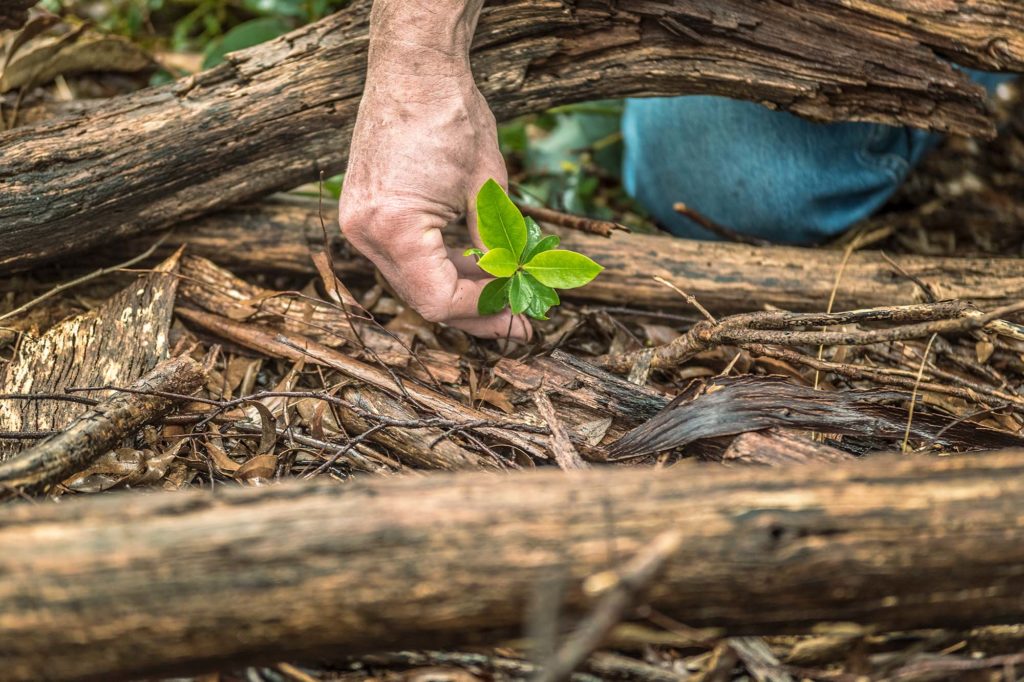A healthy and resilient environment in the Port Phillip & Western Port region
In 2050, people and organisations across the Port Phillip & Western Port region will be collaborating to protect and improve the extent, quality and diversity of its environmental assets. There will be shared leadership in planning, decision making, action, monitoring and reporting that ensures targets for all environmental assets are set and pursued to contribute to the natural ecosystems being healthy and resilient.
Our vision in detail
Water
In 2050, protected, pristine catchments continue to provide the region with high-quality drinking water. An integrated approach to managing the water cycle makes the best use of all water sources across the region to meet our water needs and provides for a cooler and greener environment.
Healthy and valued waterways and wetlands are integrated with the broader landscape and enhance life and liveability. Waterways and wetlands connect diverse and thriving communities of plants and animals; provide amenity to urban and rural areas and engage communities with their environment; and are managed sustainably to enhance environmental, economic, social and cultural values.
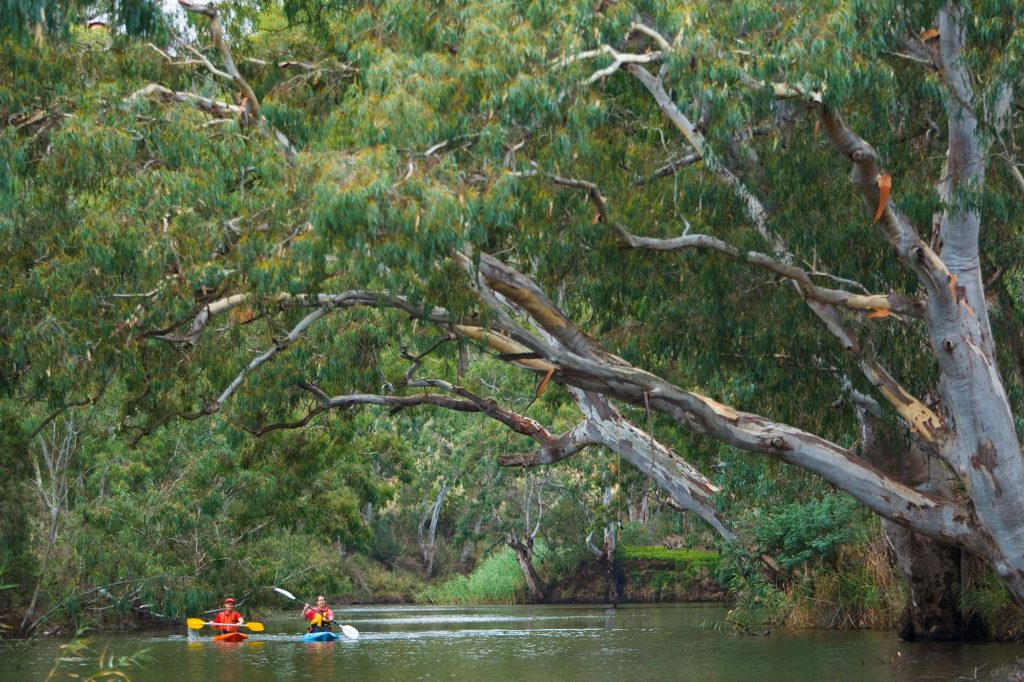
Biodiversity
In 2050, native plant and animal populations across the Port Phillip and Western Port region are plentiful, thriving and flourishing and are part of functioning and resilient ecosystems.
Conservation reserves across the region are connected by a large network of established and protected biolinks, across public and private land, providing habitat and corridors of movement for a diversity of species.
Populations of threatened species across the region are valued, protected and on the path to recovery.
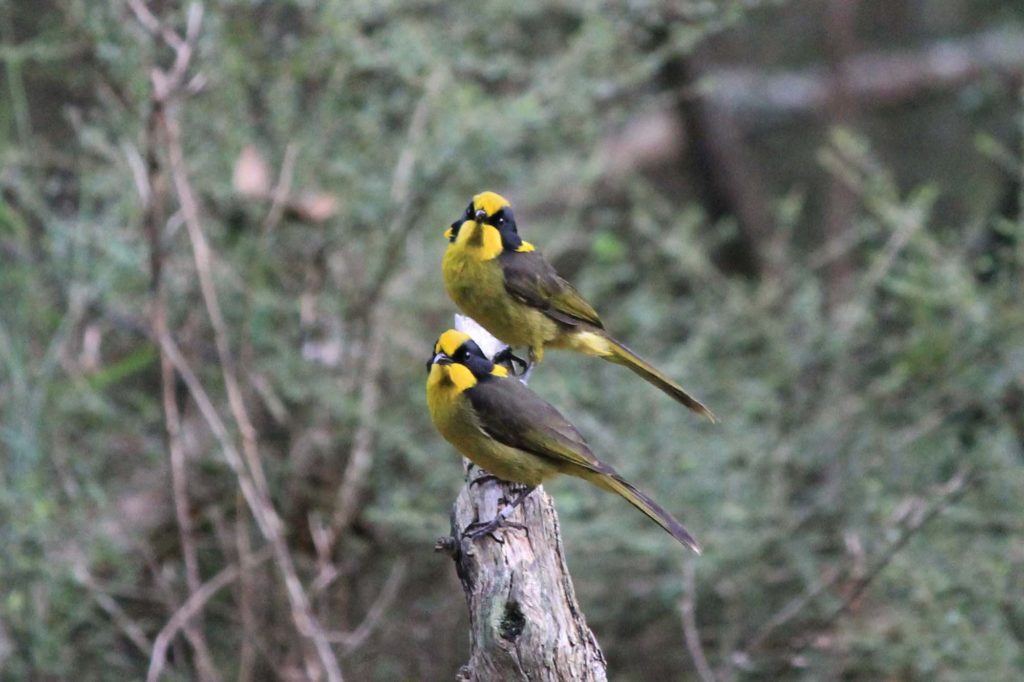
Land
In 2050, productive, sustainable and diverse agriculture systems continue to underpin vibrant rural communities and viable economies, as well as ensuring food security across the region. Adoption of sustainable land stewardship and regenerative farming practices ensure that landowners pass on their land to future generations in better condition than it was received.
The region’s population of almost 8 million people live in attractive, sustainable and well-planned neighbourhoods, townships and communities. Melbourne’s green wedges and peri-urban areas are permanently protected for agriculture, biodiversity and state-significant assets and Melbourne’s growth is contained within the Urban Growth Boundary. Protection of the region’s Green Wedges and limited urban sprawl has ensured that rural and peri-urban areas provide valuable ecosystem services across the region such as clean air, clean water, productive soils and pollination.
Urban areas are designed with sustainability in mind, to encourage active modes of transport. Buildings are energy efficient, collect and reuse water and generate renewable energy. Open spaces are cool and green providing social, health and wellbeing benefits for the whole community. Urban farming has emerged and, across the city, seasonal produce is supplying a portion of the community’s food needs.
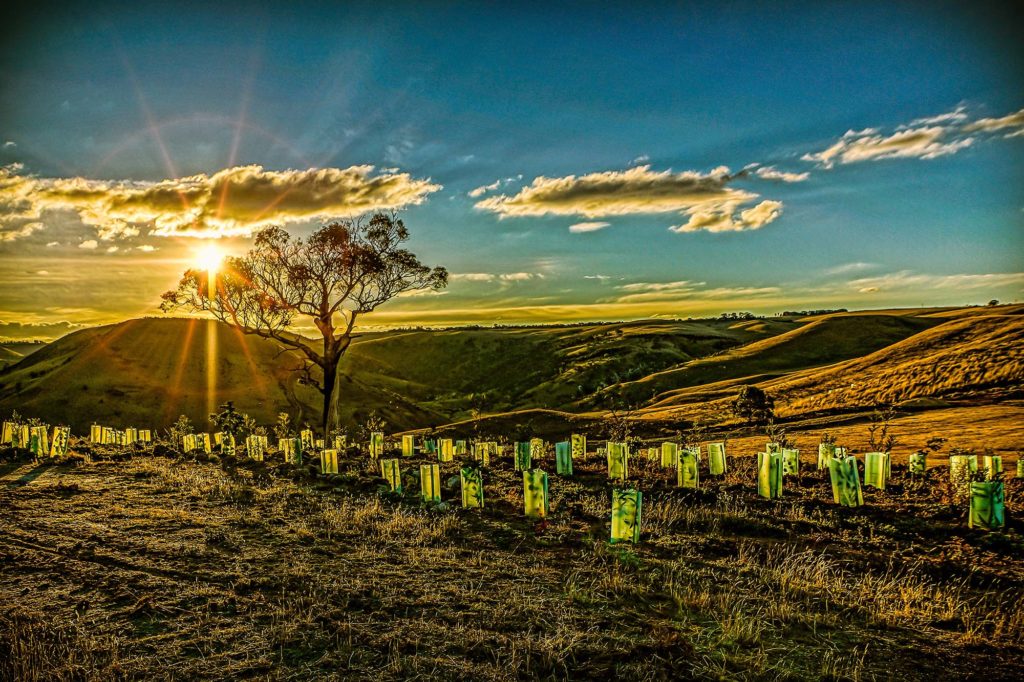
Coasts and marine environments
In 2050, the marine environments of Port Phillip Bay, Western Port and surrounding coastal areas are ecologically rich, healthy, and valued. The bays and coastal areas support healthy and thriving communities of marine life and there is a diversity of habitats.
Sustainable aquaculture enterprises and recreational and commercial fisheries operate sensitively alongside the network of marine protected areas.
Outstanding natural values and consistently good water quality ensure that Port Phillip Bay, Western Port and the coastlines remain the premier recreational assets for Victoria with millions of people enjoying swimming, boating and fishing each year. Along the coast valuable conservation areas and significant cultural and landscape features are protected from townships or recreation areas.
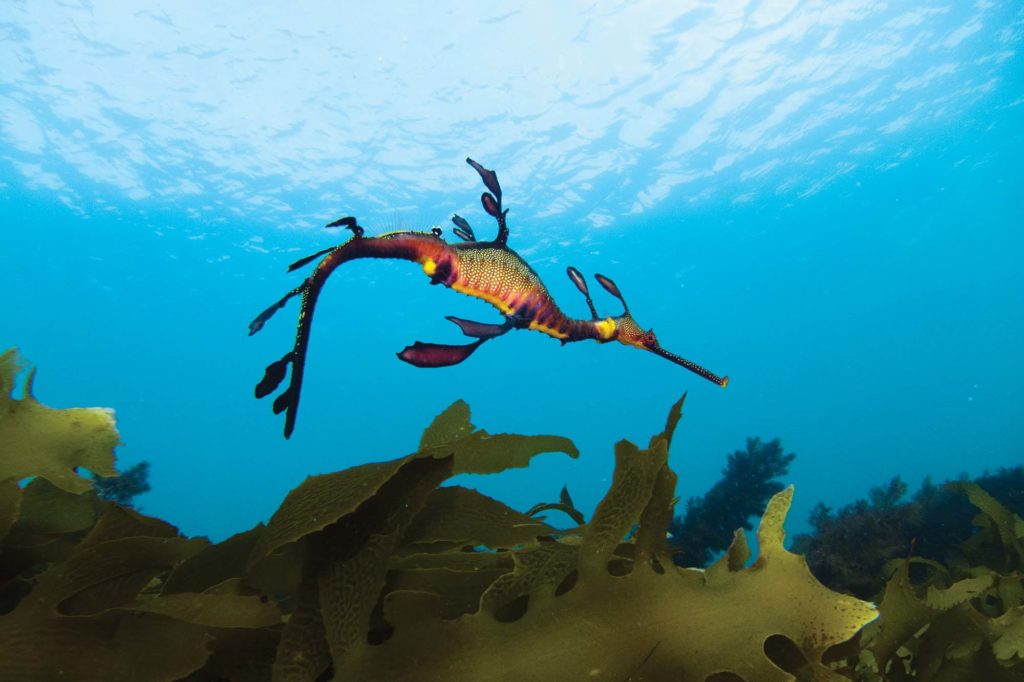
Traditional Owners
In 2050, and for the decades prior, Traditional Owners are the strong and respected voice for their Country with fundamental roles and influence in planning, decision making and action across the region in land, biodiversity and water management. Traditional Owners and Aboriginal Victorians are involved and employed in natural resource management at all levels and are actively practicing culture on Country.
Culturally significant and sensitive sites and areas are protected. The value of traditional ecological knowledge held by the region’s Traditional Owners is embraced and influential in natural resource management decisions and practices.
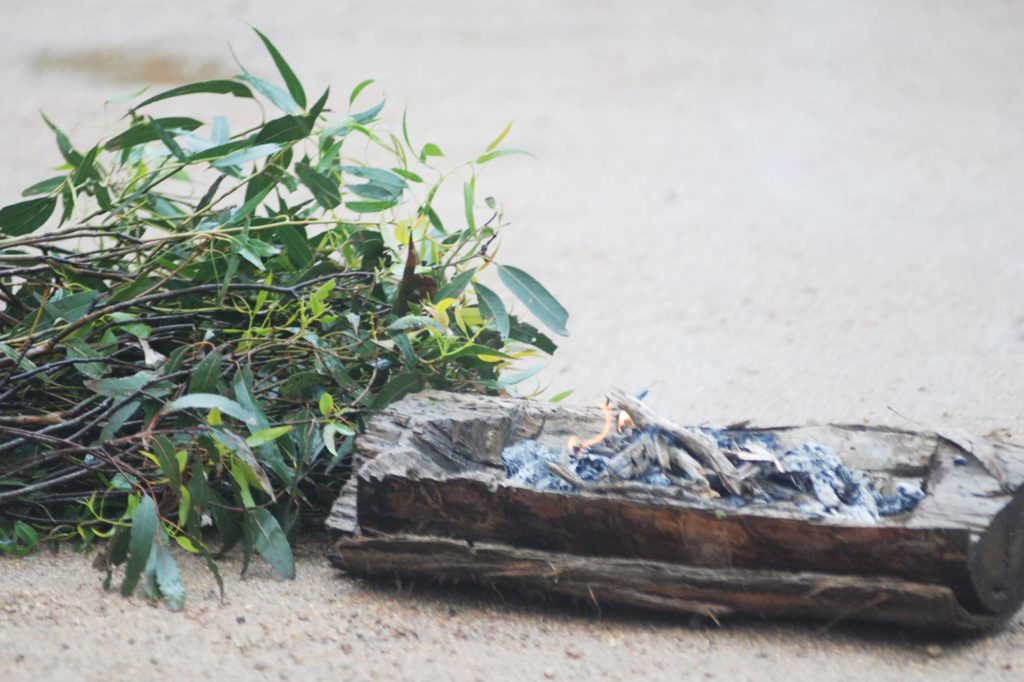
Communities
In 2050, the communities and organisations across the Port Phillip & Western Port region value nature and are collaborating to actively protect and improve the extent, quality, and diversity of the region’s natural resources.
There is cooperation between all levels of government and across communities in planning, decision making, action, monitoring and reporting that ensures targets for all environmental assets are set, pursued and monitored to contribute to the natural ecosystems being healthy and resilient.
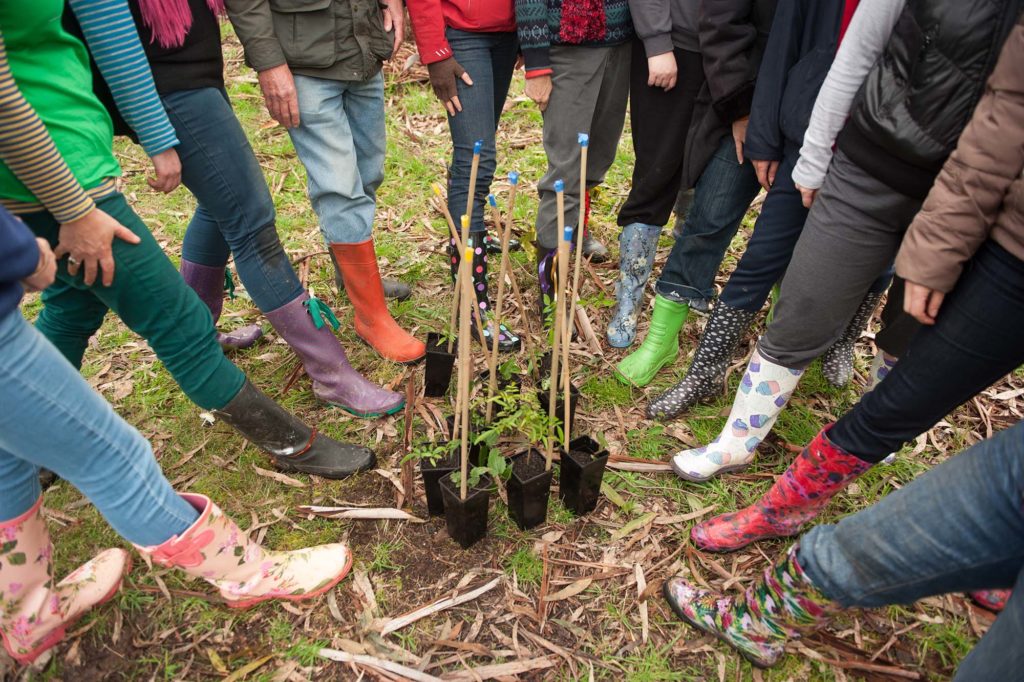
Climate
By 2050, individuals, communities, and organisations have responded effectively to the challenges of climate change, minimising the negative impacts of climate change on ecological, social and economic well-being.
Overall, the Port Phillip & Western Port region has adapted and transitioned to a low-carbon economy with net-zero greenhouse gas emissions. Urban areas across the region are cooler and greener providing valuable respite and protection from extreme heat events, and integrated water management practices ensure water is available from all sources.
Farmers have adopted innovative and regenerative agriculture practices to build climate resilience into primary production. Coastal environments and infrastructure are protected against sea level rise and inundation by nature-based coastal defence models and other constructed infrastructure.
